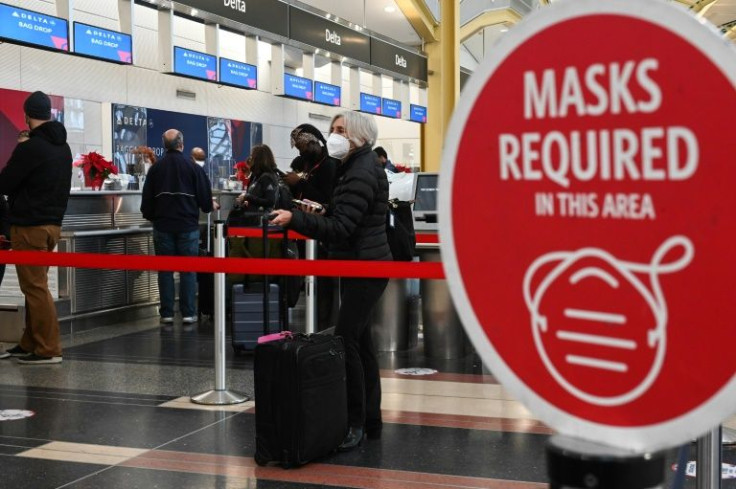Omicron vs. Cold Symptoms: How To Tell If It's COVID-19 Or Colds?
KEY POINTS
- A COVID-19 infection is accompanied by headaches and dry cough
- Experts still urge people to get tested if they suspect a COVID-19 infection
- The U.S. reported a seven-day average of over 265,000 daily new cases
Both the Omicron variant of coronavirus and the common cold exhibit similar symptoms, making it hard for people to distinguish which illness they have.
Early signs of the cold and COVID-19 often include fever, fatigue, body aches, sore throat, shortness of breath and diarrhea, according to data from the Centers for Disease Control and Prevention.
However, a novel coronavirus infection is also often accompanied by headaches and dry cough. COVID-19 is also distinguished with the loss of taste and smell, though it is less prevalent in the case of the highly transmissible Omicron variant.
Despite having distinguishing symptoms, health experts still urge people to get tested for COVID-19, especially if they suspect that they have been exposed to someone who had been infected with COVID-19.
"If you are starting to feel any of these symptoms, it's worth asking: Has anybody with whom I've come into contact been infected with Covid? It's also worth isolating and taking a rapid test," Dr. Abdul El-Sayed, epidemiologist and former Detroit Health Department executive director, told CNN.
"I do think it is worth keeping a high suspicion that it could be Covid considering that we have the Omicron variant spreading like wildfire," he added.
Dr. El-Sayed also urged people who have yet to develop symptoms after exposure to wait five days before testing, noting that the virus may have not yet developed enough to show up on the test.
COVID-19 cases in the United States have broken new records as the Omicron and Delta variants continue to spread throughout the country. As of Tuesday, the U.S. reported a record seven-day average of more than 265,000 daily new infections. The previous record, set on Jan. 11, was a high mark of 252,000 average daily cases, according to data compiled by Johns Hopkins University.
The surging number of cases forced one New York City subway line to suspend its operation Wednesday after many staff members called in sick. Additionally, Twenty CityMD locations in the state of New York also closed due to staffing shortages caused by COVID-19.
The U.S. has recorded a total of 53,659,688 COVID-19 cases and 822,892 deaths since the pandemic began, according to Johns Hopkins University data.

© Copyright IBTimes 2024. All rights reserved.





















